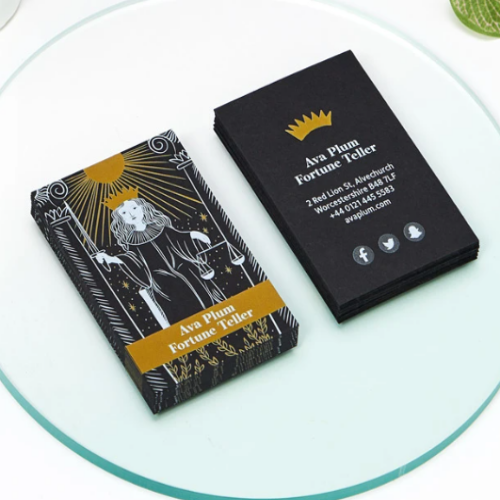The Art of Custom Embossing Elevating Your Designs
In the world of printing and design, custom embossing is a technique that enhances the tactile and visual appeal of various materials. It’s a crafting method that involves pressing a design into a surface, creating a raised pattern or text that not only looks sophisticated but also provides a unique texture. This innovative process has gained popularity in numerous applications, ranging from business cards to specialty packaging and everything in between. In this article, we will explore the significance of custom embossing, its applications, and how it can elevate your design projects.
The Significance of Custom Embossing
Custom embossing offers a plethora of benefits that can significantly impact the perception of a brand or product. One of its foremost advantages is the ability to create a memorable experience. When someone receives a business card or a product tag that has been embossed, they are more likely to remember it. This sensory experience draws attention and can stimulate engagement, making it a powerful branding tool.
Furthermore, embossed designs convey a sense of luxury and professionalism. When incorporated into marketing materials, packaging, or stationery, embossing can make even the simplest designs appear high-end. For businesses looking to stand out in a competitive market, embossed elements can communicate quality and attention to detail that resonates with customers.
Diverse Applications of Custom Embossing
Custom embossing is versatile and can be applied across various industries
. Here are some popular applications1. Business Cards An embossed logo or text on a business card can add depth and character, creating a compelling first impression. The tactile quality enables recipients to connect physically with the card, making it more likely to be remembered.
2. Packaging For products, embossed packaging can enhance the unboxing experience. Brands often utilize embossing to highlight their logo or intricate designs, setting their products apart on the shelves and ensuring that customers remember their brand.
3. Stationery Custom embossed stationery, including letterheads and envelopes, conveys a personal touch. It adds a unique flair to invitations, greeting cards, and thank you notes, making them feel more special and valued.
4. Books and Covers Embossing has long been used in book publishing to create striking covers. The raised elements not only embellish but also help in distinguishing between different editions or series, leading to a visually appealing display in bookstores.
custom embosser

5. Promotional Materials Brochures, flyers, and other marketing collateral that feature embossing stand out in a stack of flat, printed materials, making them more likely to catch the eye. This tactile element can drive curiosity and interest in the content.
Techniques of Custom Embossing
There are several methods for achieving custom embossing, each with its unique traits. The most common techniques include
- Blind Embossing This method involves creating a raised impression without any ink or foil. It relies solely on the texture to make an impact, often used for minimalistic and elegant designs.
- Foil Stamping This technique substitutes metallic foils for a more vibrant visual effect. The foil is added on top of the embossed design, resulting in a shiny, eye-catching look that can amplify branding.
- Debossing The opposite of embossing, debossing creates an indented impression. When used alongside embossing, it can create striking contrast and depth within a design.
Choosing the Right Custom Embossing for Your Project
When considering custom embossing for your next design project, it’s essential to choose the right technique that aligns with your brand identity and objectives. Collaborate with professional designers and printers who specialize in this process to ensure that the final product meets your expectations.
Moreover, consider the materials you are working with; not all papers are suitable for embossing. The thickness, texture, and finish of your chosen materials will significantly influence the outcome.
In conclusion, custom embossing stands out as a remarkable technique that can transform ordinary designs into extraordinary creations. By integrating embossing into your products, stationery, or promotional materials, you can enhance brand perception, create memorable experiences, and ultimately drive engagement. Whether you are a business owner, a designer, or just someone looking to make an impression, custom embossing is a powerful tool in the world of design and branding, ready to elevate your creative projects to new heights.



